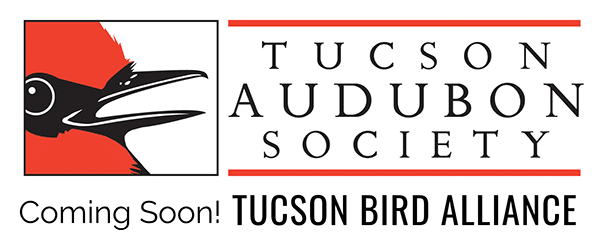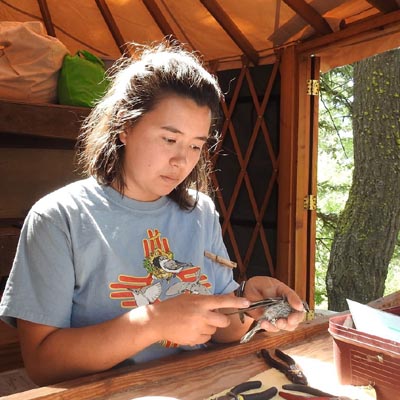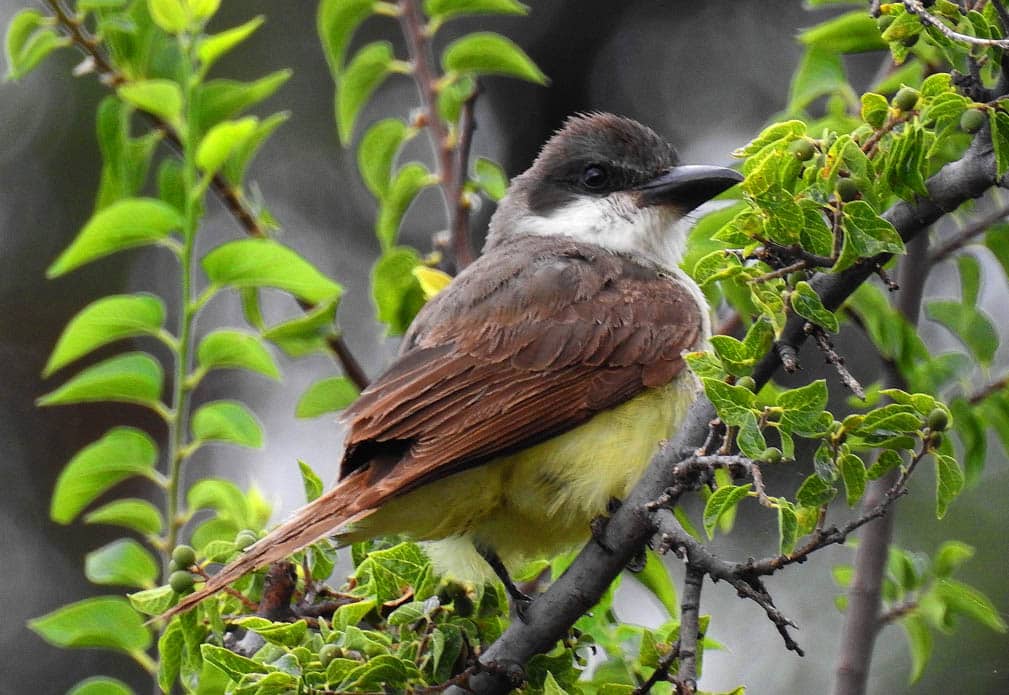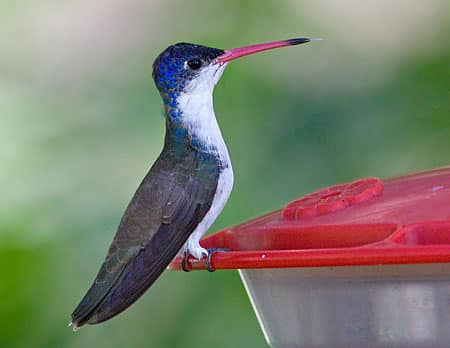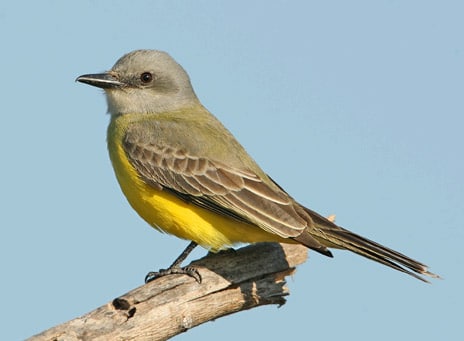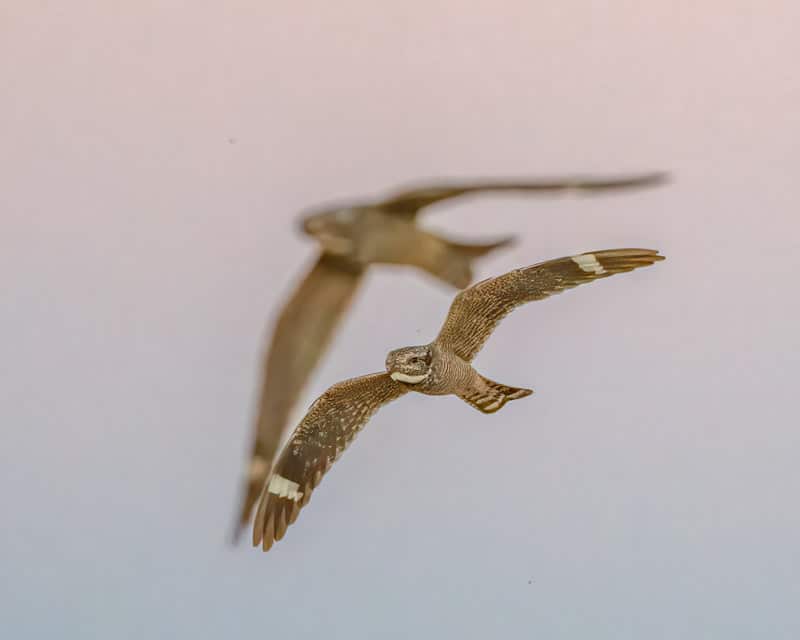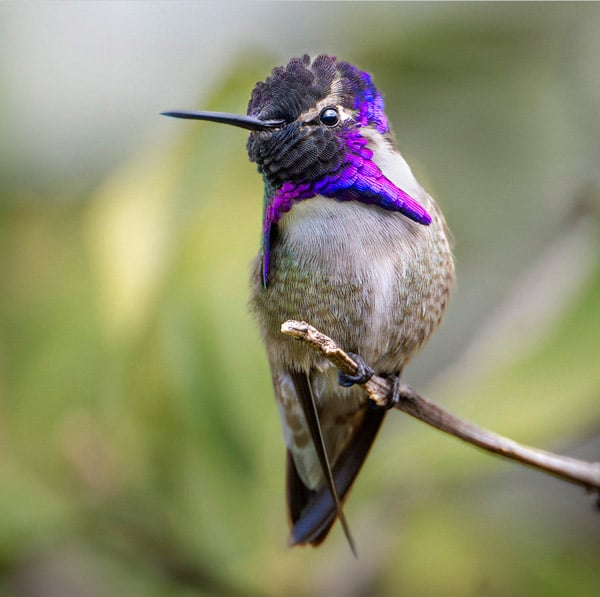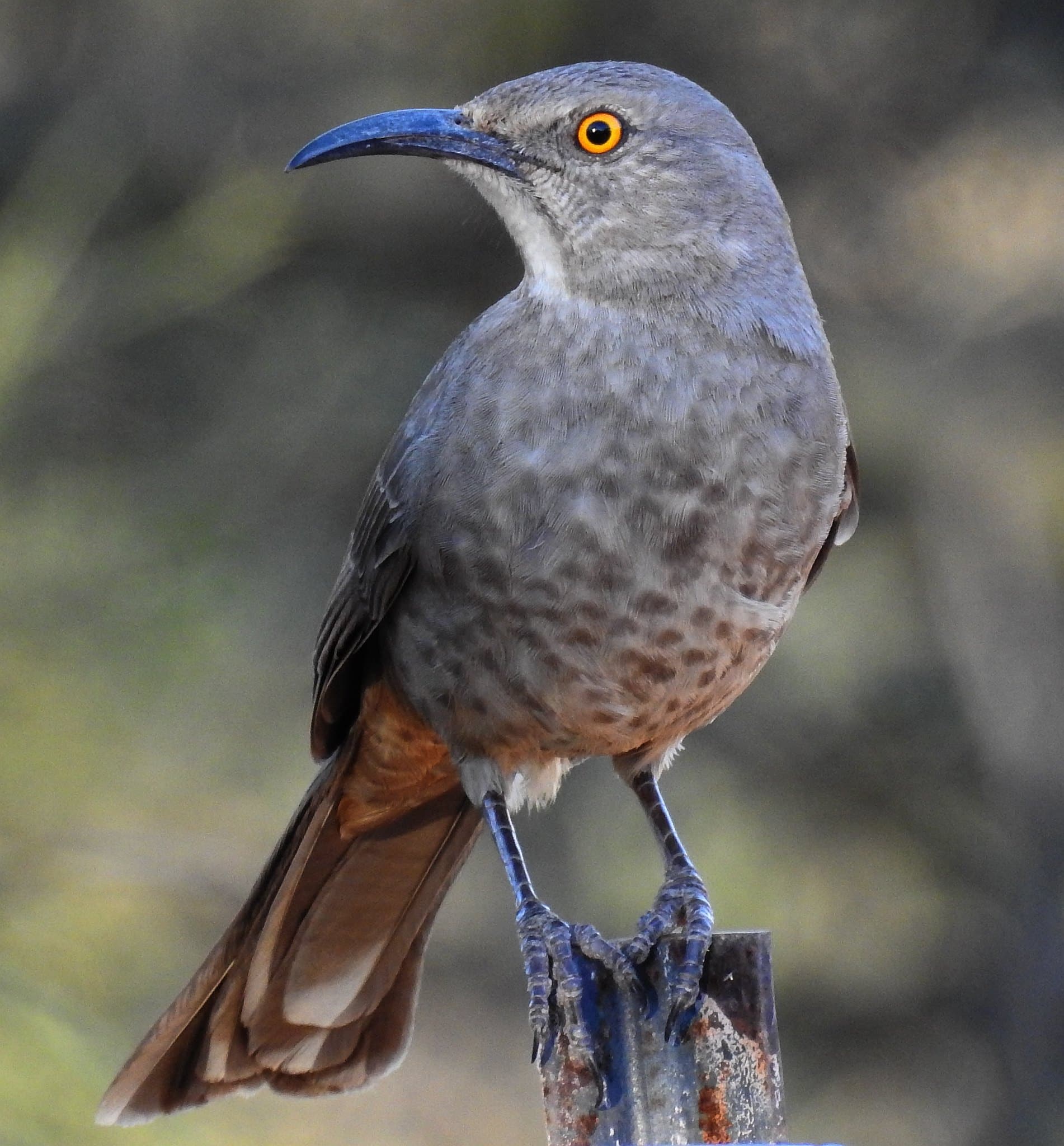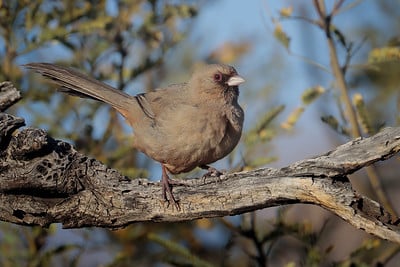Difficulty: Moderate (moderately difficult walk over a worn but occasionally rocky trail, covering 3-4 miles round trip with the turn-around point depending on our pace. Drive time to locations approximately 75 minutes.)
On this outing, we’ll combine the joy of birding with the meaningfulness of learning about the ecological and human impacts of U.S. border policy in our region, including the border wall. We’ll spend several hours birding at Buenos Aires National Wildlife Refuge (BANWR), starting and ending near Arivaca Cienega. We’ll then drive to the BANWR Visitor Center where, over a picnic lunch, we’ll hear from guest speakers about the impacts of current conditions at the border on birds, other animals, wildlife habitat, ecosystems, and human beings, and how local organizations are working to protect life along the border. We’ll then take a short drive further south to see the border wall itself, before heading back to Tucson, with a stop along the way for some additional birding to end the field trip on a joyful note. Wildlife highlights of previous trips include Botteri’s Sparrow, Lazuli Bunting, Yellow-headed Blackbird, Tropical Kingbird, a Hooded Oriole nest with young, an Arizona Blond Tarantula, and a herd of Pronghorn. Sponsored by Natural Selections Tours. Lunch included. Limited to 8 participants.
Tropical Kingbird by Jim Burns
